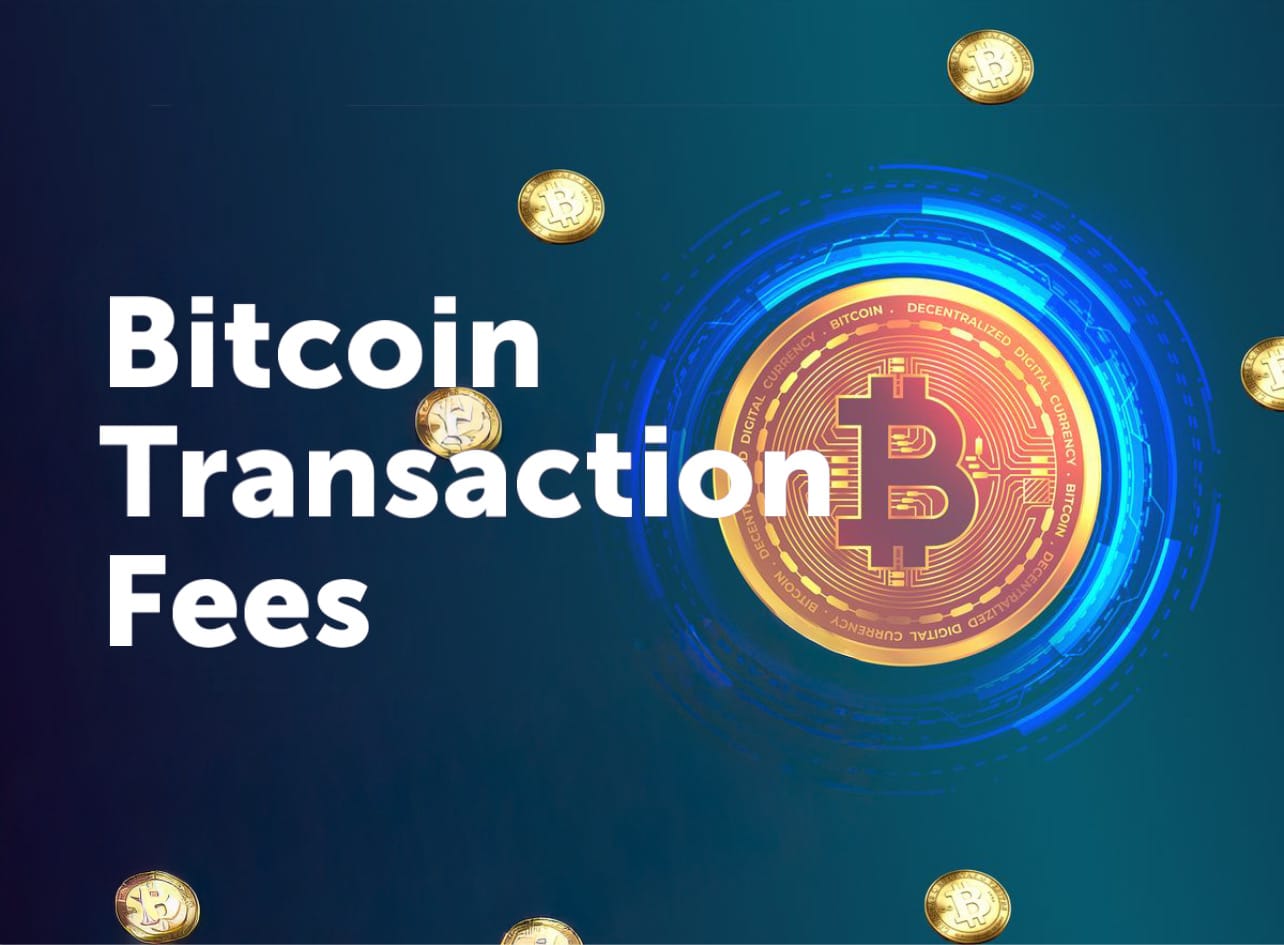Bitcoin’s Declining Fees Threaten Long-Term Security Model: Galaxy Digital

Bitcoin’s fee market has entered a troubling phase, with transaction fees dropping and raising concerns about the network’s long-term economic security. A sharp decline in onchain activity, particularly following the fade of non-monetary use cases like Ordinals and Runes in late 2024, has left Bitcoin’s blockchain quieter than usual. According to a recent analysis from Galaxy Digital, this trend could jeopardize the incentives that keep miners securing the network, potentially turning Bitcoin into a settlement layer with little to settle.
The drop in fees has been stark, with median daily fees falling over 80% since April 2024. As of August 2025, nearly 15% of Bitcoin blocks are processed at minimal cost, often at just 1 satoshi per virtual byte or less. This environment benefits users seeking fast and inexpensive transactions, but it poses challenges for miners who rely on fees to offset the reduced block subsidy following the 2024 halving, which cut rewards to 3.125 BTC per block.
Stay In The Loop and Never Miss Important Bitcoin News
Sign up and be the first to know when we publishStructural Shifts and Declining Demand
Several factors have contributed to the fee market’s decline. The rise and fall of OP_RETURN transactions, which surged during the 2024 Runes craze and at times made up 40-60% of daily activity, played a significant role. Their subsequent drop to about 20% of transactions has eased congestion, reducing competition for blockspace and driving fees lower. The upcoming Bitcoin Core v30 release, which may allow larger and multiple OP_RETURN outputs, has sparked debate about whether these transactions consume valuable space that could be used for monetary transfers.
Another key driver is the migration of activity away from Bitcoin’s base layer. Spot Bitcoin ETFs, now holding approximately 1.3 million BTC, have locked up significant supply, limiting onchain movement. Meanwhile, speculative activities like NFTs and memecoins have largely shifted to faster and cheaper blockchains like Solana, where users enjoy a more seamless experience compared to Bitcoin’s constrained environment.
The mempool, where transactions await confirmation, has also thinned significantly. Nearly half of recent blocks have not reached their maximum weight, signaling a lack of demand for blockspace. This underutilization underscores a broader trend where Bitcoin’s role as a transactional network is diminishing, with activity increasingly occurring offchain on layer two networks or on alternative blockchains.
Galaxy’s analysis also highlights vulnerabilities in Bitcoin’s unspent transaction output (UTXO) set. Millions of coins remain in older formats like P2PK and P2PKH, some of which are at risk from future quantum attacks due to exposed public keys. While adoption of more secure formats like P2WPKH and Taproot is growing, the persistence of legacy formats adds another layer of concern for the network’s long-term resilience.
The current low fee environment offers a temporary advantage for users, but it raises critical questions about Bitcoin mining incentives. As block rewards continue to shrink with each halving, fees are expected to play a larger role in sustaining the network. However, with organic demand waning and activity shifting to custodial platforms and other blockchains, Bitcoin risks becoming a settlement layer with insufficient settlement activity to support its security model.
Galaxy’s report paints a sobering picture of a network at a crossroads. While Bitcoin remains the dominant cryptocurrency by market cap and cultural significance, its ability to maintain robust economic incentives for miners is under threat. The growth of offchain platforms like ETFs and custodians, while beneficial for mainstream adoption, reduces the need for onchain transactions, further eroding fee revenue.
The path forward remains uncertain. Bitcoin’s security model relies on consistent transaction activity to generate fees, however with small blocks the network serves primarily as a store of value rather than a vibrant transactional ecosystem. If this continues, the network’s ability to incentivize miners could weaken, potentially compromising its decentralized security.
For now, users can take advantage of low-cost transactions, but the broader outlook requires attention. The Bitcoin community may need to explore solutions to encourage onchain activity or adapt the network’s economic model to ensure its long-term sustainability. As Galaxy Digital warns, without sufficient settlement activity, Bitcoin’s role as a foundational blockchain could face significant challenges in the years ahead.

